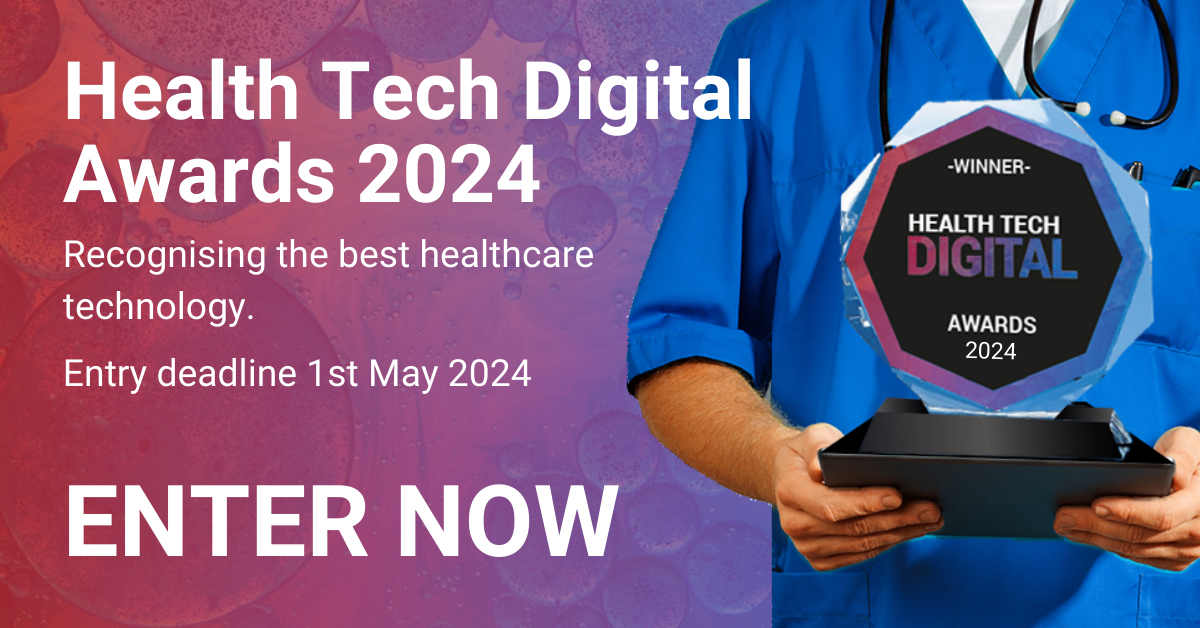Intuitively we all accept that taking paper patient records out of circulation will have a significant impact on operational efficiency. The NHS has been tasked with making £22bn in efficiency savings by 2020, so why is it that so many digitisation business cases fail to make it through the approval stage?
Having gone through the rigorous process of getting business cases authorised whilst working for the NHS, hopefully I can offer a few suggestions:
Reduce cost of scanning
Typically, we have seen that around 50 per cent of the project’s capital cost can be absorbed by scanning and much of that cost is related to preparing your medical records before they can be fed through the scanner. To reduce the capital outlay, some hospitals are considering scanning just the new patient documentation (the ‘day forward’ model).
For those hospitals with sophisticated EPRs which capture episodic documentation digitally this may well be an option, however if your case notes are still requested on a regular basis, clinicians may well reject this ‘mixed experience’.
A reasonable compromise might be to scan ‘on demand’ so that only presenting patients will have their historic notes digitised prior to appointment. Another method of keeping costs down is to ‘thin’ the notes. For instance, removing old pathology results that are available via on-line results reporting services. For complex patients, some consider leaving old volumes in physical form, made available by exception.
EDMS suppliers who work collaboratively with scanning providers can propose creative ways of reducing your scanning bill. In my personal experience the preparation of documents prior to scanning can take around five times as long as actually scanning the documents. In some cases, this activity is amplified by manual indexing, where the preparation team identify critical documents and apply bar code labels or a similar labour-intensive process.
This process can be simplified if the EDMS utilises OCR to classify patient documents automatically for ease of retrieval by the clinician, thus eliminating the onerous manual effort of indexing. Another critical component for the Hospital is to have clear oversight of the chain of custody, tracking exactly where your records are in the scanning process for assurance that you have a faithful reproduction of all documentation despatched and can destroy your scanned originals with confidence.
Finally, it may well be possible to reclaim the VAT on your scanning costs if you are outsourcing.
Minimise your consultancy bill
The most significant risk faced by any EDMS programme is that the solution will fail to deliver a service that is acceptable to the clinical community. The solution proposed should not be merely tolerated but embraced by the clinicians. This is a significant business transformation undertaking and the solution must be deployed in a way that does not disrupt hospital processes or efficiencies by taking paper records out of circulation. To do this successfully, project teams need to have access to resources with an intimate knowledge of the way your hospital works to propose a viable ‘future state’.
Most hospitals will already employ well informed individuals who might be working as medical secretaries, ward clerks or nurses who can play a key role in the project team by working alongside subject matter experts from your preferred supplier and internal specialist teams. Hopefully it’ll be more cost effective to ‘back-fill’ than pay a hefty consultancy day rate!
Share the financial risk with suppliers
It may be several months after your EDMS deployment before any savings are realised for your project, so look for creative ways of spreading the capital outlay over the lifetime of the project. Ask your suppliers to suggest means of working in partnership with your hospital by deferring or apportioning the capital costs until they can be offset by any cash releasing benefits. This should be aligned to agreed milestones to ensure that ‘sunk cost’ is proportionate to earned value as the EDMS is rolled out. Of course, any successful customer/supplier relationship must be negotiated on a ‘win/win’ basis and ‘open book’ accounting can help here.
There are several unfortunate examples of hospitals falling foul of ‘first specialty’ syndrome where the supplier team has demobilised before the EDMS has been deployed hospital-wide. There are a variety of factors here that could be expanded upon, but one hopes that the emergence of a shared risk/reward model should help to mitigate the inherent implementation risks.
…and finally, avoid those ‘hidden costs’
There are many hospitals that have already been on this journey and may be willing to share their detailed EDMS specifications and other documents used for their procurement process. This will prove invaluable when gathering your own requirements and help to avoid any dreaded ‘change notification’ costs.
Finally, ensure that you have full visibility of any additional third-party licensing costs that suppliers may be looking to pass on and that you’re fully aware of any implications on your technical infrastructure either for hosting the solution or minimum specifications required for your end-user devices.
The business case for investment in an EDMS solution is compelling, with the potential for significant improvements in operational effectiveness, efficiency and associated cash-releasing benefits. However, the potential for improving clinical decision making by providing structure to inherently unstructured information is priceless.
Written by: Phil Burke, Head of Programme Management at IMMJ Systems
Further information
If you need help or advice on replacing or upgrading your existing EDMS solution we would be happy to advise. Learn about the exemplary benefits, exemplary risks and risk management, typical resourcing requirements (internal vs external), download a stakeholder map and use our interactive cost model calculator to anticipate your costs. Take advantage of our complimentary options appraisal now by visiting IMMJ Systems.
To find out more please visit: http://www.immjsystems.com or email: info@immjsystems.com














